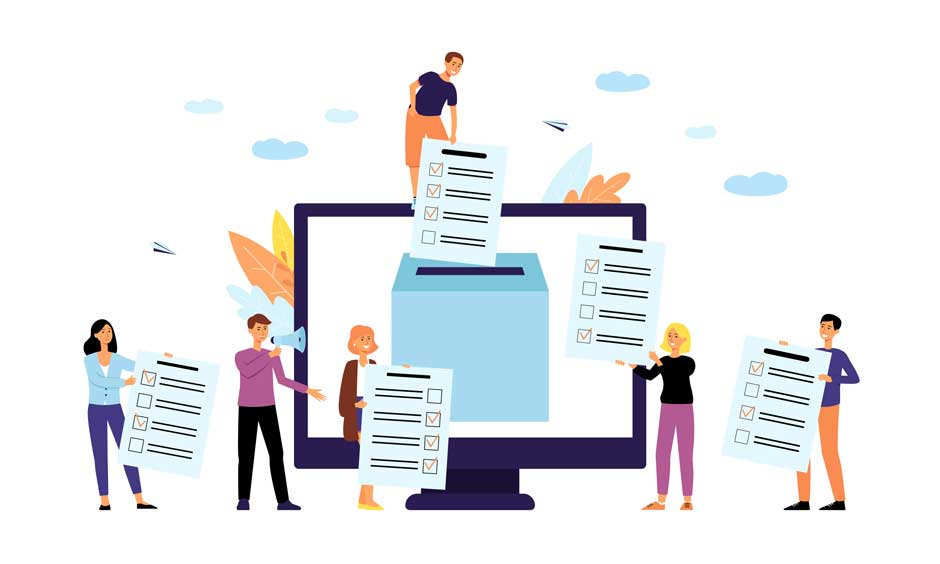
This fall, Gray, Gray & Gray LLP, a consulting and accounting firm, published the results of its annual Propane Industry Survey, in which it surveys propane industry business leadership on current ownership challenges, changes they have made to their processes in the past year and their outlook for what’s ahead. BPN caught up with Gray, Gray & Gray partner and head of its energy practice group, Marty Kirshner, to discuss some of the key findings from this year’s survey.
What are your key takeaways from this year’s survey results?
My key takeaways from the survey really revolve around the fact that I had low expectations for the general attitude of marketers in their responses about near-term outlook. We had a lot going on with the Russian-Ukrainian conflict and inflation. I was expecting a lot of pain points and headaches for people — and those did (and do) exist. But for the most part, we saw a lot of resiliency amongst the folks that responded. I saw improved margins. I saw a lot more attention given to employee retention, which is something we’ve been talking about. A lot of companies have implemented fees to the extent that they can. The survey results indicated that a lot of companies are taking the necessary steps to overcome a lot of these challenges and remain profitable. In the survey, 84% of respondents stated they were either confident or highly confident that they can remain a viable entity in these environmentally and politically challenging times.
In the survey highlights, the firm noted that 72% of propane dealers reported challenges with finding qualified labor. What do you think the current holdbacks are specific to the propane industry?
The most difficult position people are trying to fill right now is drivers. I believe this has been a real challenge for people because the driver of today is different than the driver of our parents’ generation, where they wanted to be a driver for their whole career. They started from day one as a driver, and they’re still a driver currently, in their 60s and getting ready for retirement. What we see with the younger generations is slightly different. They often aren’t looking to be a driver for their entire career. They want to be able to do different things and have a little bit more mobility, especially upward mobility. Unless you can create different levels within the company for those employees — a structure where there’s an opportunity for them to move up or maybe have a road map to a management role — you’re going to have problems with retention. It’s something that they have to want to do, but you need to be able to offer them the environment that makes them feel welcome.
A lot of companies have tried to bring in more on-staff training. One idea we heard from someone was hiring someone who teaches at a vocational school or a trade school to do training on-site — so when they’re talking to their classes, the students kind of gravitate toward that company because they already know their instructor and they want to be somewhere that they are comfortable. These challenges are forcing business owners to think differently and be a little bit more collaborative.
Can you speak to the retention efforts dealers reported using for current employees?
The biggest and most obvious thing businesses are doing is raising wages and giving bonuses. I’m a believer that this is not the only solution to keeping employees, though. And I do believe that by continuing to only default to that method, you are going to end up in the same vicious cycle every time. So we need to look for other intangible ways to keep them. One way is to have career paths designated for employees when they come in the door, so they know what their opportunities for growth are. This can go a long way in terms of recruiting and retention. I’m also a big believer in “golden handcuffs” policies. By giving the employee a nest egg to hold onto, you’re exhibiting your trust and belief in the employee’s potential at the company, as well. A lot of companies have moved to more flexible driving schedules, where their drivers work four days a week or work different hours than what has traditionally been done in the propane business. Reevaluating and improving company benefits packages is important, too. Some companies are even offering to pay for employees’ housing costs to counteract the increasing cost of living.
When asked about increasing operating expenses, dealers reported “vehicle,” “health insurance” and “liability insurance” as the top three — how does the firm advise its clients in terms of mitigating the effects those costs have on the bottom line?
Let’s start with the insurance, because that’s been a pain point for everyone, right? Every insurance broker who reads this is going to hate me, but I recommend that you really need to put it out to bid every couple of years to make sure you’re getting the most competitive prices. I’ve also had a lot of clients looking to captive programs. But at the end of the day, with insurance, it’s about balancing the best coverage for the best cost. With vehicles and equipment, obviously the reason why these expenses have increased is because the cost of fuel has also increased. If your company’s increase in equipment expenses is because of repairs, then you really need to get a tracking system where you have a clear, accurate view of the status of all of your vehicles. I recommend investing in a software like Sage that allows you to tag every transactional vehicle, so you can run real-time reports of how much each vehicle is costing you. This way, you can make a quicker decision in terms of whether to scrap the vehicle and buy a new one or make repairs.
A large portion of dealers surveyed reported mergers and acquisitions (M&A), transition of leadership to a younger generation, and retirement as considerations. What is your advice for planning for these significant changes in the current economic climate?
What we’re talking about is internal M&A and external M&A. Let’s talk internal M&A first — you cannot freestyle a transition plan internally. You must have a plan written out and it needs to dictate how to navigate all the different possibilities that could happen in a transition. We also recommend having what are called business continuity agreements, which cover what should happen in the event of unforeseen circumstances. I also always recommend that if you have a child in the business or who wants to be in the business, have them work elsewhere first. Bring in a third-party advisor or consultant to help assist with the plan and help you see the bigger picture. This third party can also make sure that you and your succession team are in alignment. If you’re looking to sell your business, you need to take at least a year or two to clean house. Get the business ready to sell. Make sure your expenses are in order. If need be, cut back on certain discretionary costs and ratchet up the margins. And for our market, the most valuable asset of a company is the one that’s not on their books, which is their customer list. Make sure that your list has been vetted and cleaned up. Convert as many of your customers as you can to automatic. Angus Energy published a statistic recently that showed the difference between a customer that has a budget or fixed price payment or a cap-fee plan and a service contract and all the bells and whistles versus a baseline, will-call customer. The customer that takes advantage of all your services has an average customer life of at least nine years versus the baseline customer, which is less than a year. In the current economic climate, the cost of steel has stayed high and lead times continue to increase for a lot of people. A lot of business owners we talk to are getting refurbished tanks because they are available, they’re cheaper and they’re a wasted asset if they’re not being used.
Dealers were asked to name the three largest, permanent business changes they have made in the last year. Can you discuss some notable answers to this question?
One of the top changes was cross-training employees, which is hugely important right now, because if we’re short on drivers or short on technicians, then you need a driver who can be a technician and you need a technician who can also drive a vehicle. Or if you’re short in the office, train your employees so they also know how to enter in tickets or dispatch or run the billing. A really important one is a lot of companies have ramped up their cybersecurity efforts. Russia’s invasion of Ukraine has scared a lot of people in terms of the threat of hackers and overall security. This has led to a lot of propane companies adding more robust data security measures. And, as discussed, one of the biggest permanent business changes is altering processes and recruiting options, such as a more flexible work schedule and more generous benefits, in order to be more competitive to incumbent workers.
GET THE SURVEY RESULTS!
Want to learn more about how your colleagues responded? Visit gggllp.com/energy-survey-results-2022 to access the full report.


